Pond Edge - bog / plant filter
david2006
15 years ago
Related Stories

GARDENING AND LANDSCAPINGHow to Make a Pond
You can make an outdoor fish paradise of your own, for less than you might think. But you'll need this expert design wisdom
Full Story
GARDENING GUIDESGreat Design Plant: Cephalanthus Occidentalis
Buttonbush is an adaptable woody shrub with delightful pincushion flowers
Full Story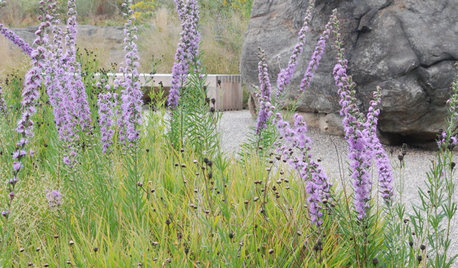
INSPIRING GARDENSNative Plants Inspire and Educate at NYC's Botanical Garden
Stroll through the new Native Plant Garden with us to get great ideas for plant choices and sustainability
Full Story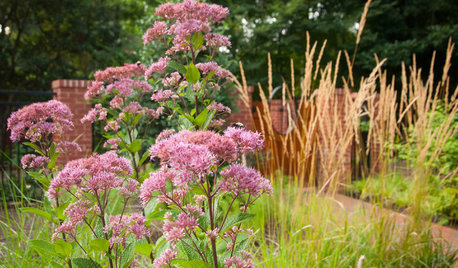
GARDENING GUIDESGreat Design Plant: Eutrochium Maculatum
Sculptural, slightly tropical looking and a boon to wildlife, Spotted Joe Pye Weed is a gotta-have plant in many parts of the U.S.
Full Story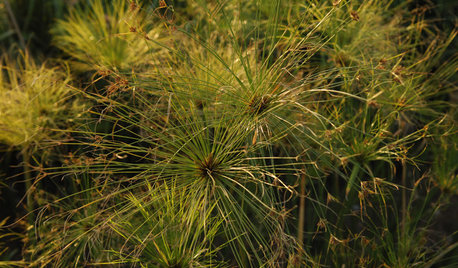
GARDENING GUIDESGreat Design Plant: Papyrus
Out of Africa and into your garden, gently swaying papyrus adds an exotic touch to water features and riverbeds
Full Story0
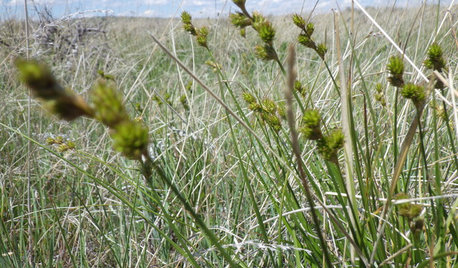
GARDENING GUIDESGreat Design Plant: Carex Brevior
This mounding sedge native to many U.S. states is tough as nails and can replace the traditional lawn in low-traffic areas
Full Story
GARDENING GUIDESPlant Black Cherry Trees for the Birds and Bees
Plant Prunus serotina in the Central and Eastern U.S. for spring flowers, interesting bark and beautiful fall color
Full Story
FARM YOUR YARDHow to Build a Raised Bed for Your Veggies and Plants
Whether you’re farming your parking strip or beautifying your backyard, a planting box you make yourself can come in mighty handy
Full Story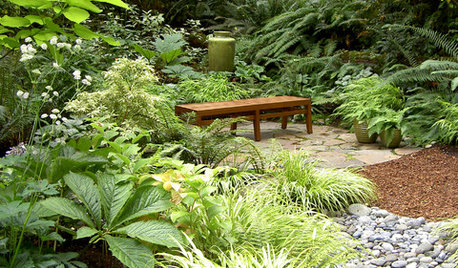
GARDENING GUIDESGreat Garden Combo: 6 Beautiful Plants for a Shady, Wet Site
Transform a shade garden with moisture-loving golden grasses, textural leaves and a sprinkling of flowers
Full Story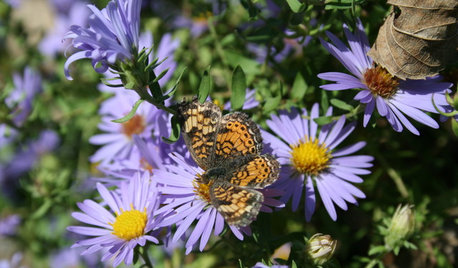




sleeplessinftwayne
david2006Original Author
Related Discussions
Decided on veggie/bog filter.
Q
10'x10' Goldfish Pond Design w/ Bog Filter. Please advise,
Q
Bog or Pond Plants
Q
Dwarf iris for bog/pond edge? Or other dwarf plants?
Q
david2006Original Author
magdaloonie
david2006Original Author
auminer49r
magdaloonie
prairie_bogger
sleeplessinftwayne
auminer49r
sleeplessinftwayne
prairie_bogger
spat72
auminer49r
magdaloonie
auminer49r
prairie_bogger
montanawanda
pghpond